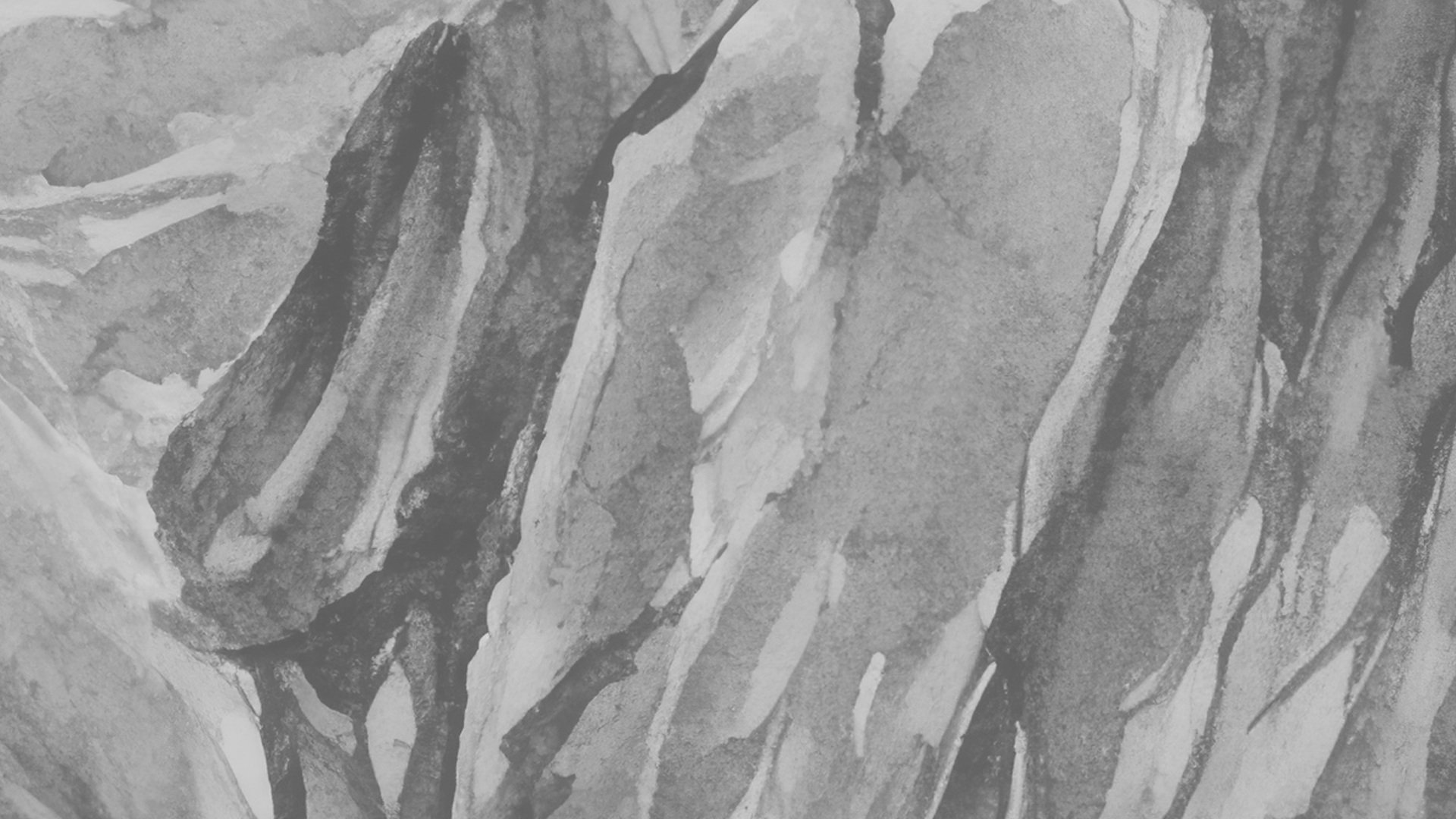Whitehorse Northern Lights
Tour
Join Classic Canadian Tours in 2025!
FALL 2025
Four-Day Northern Lights Tours
Enjoy Northern Lights viewing from a cozy cabin with a fireplace to keep you warm. On this four-day, three-night tour, join Classic Canadian Tours for a fun-filled time in Whitehorse, Yukon.
This fully guided package includes return airfare from Calgary, Edmonton, or Vancouver to Whitehorse, three evenings of Northern Light viewing (conditions permitting), three hotel nights, city tour including Miles Canyon, Carcross tour, and the Yukon Wildlife Preserve, Beringia Museum, and a group farewell dinner.
Additional outings can be added to your tour such as a 2.5 hour visit to the Eclipse Hot Springs or dog carting - the Fall version of dog sledding.
We have partnered with Northern Tales to offer this spectacular weekend. Their guides are fully trained for all aspects of this tour. They will help you set up your camera on a tripod to take photos as you watch the eerie, sulphurous-green sheen begin to ripple into an ebb and flow, slowly growing and then waving and dancing as if it were happy. It’s a spectacular and mystical evening experience.
WINTER 2025 NORTHERN LIGHTS TOUR DATES
Departures from Vancouver, Edmonton, or Calgary
Thursday, September 11, returning Sunday September 14
4-day northern lights tour
Your Northern Lights Tour Includes
Round trip airfare to Whitehorse from Calgary, Edmonton or Vancouver
3 nights guided Northern Light viewing from a cozy cabin or wall tent, with snacks and hot beverages provided
3 nights hotel at the Best Western Gold Rush Inn
City Tour, including Miles Canyon
Yukon Wildlife Preserve Tour
Half Day Carcross Tour
Group Dinner at the Cabin Fever Restaurant on final evening
Admission to Yukon Transportation Museum on departure day
Free time to explore McBride museum and the sights of downtown Whitehorse
Experienced, professional tour guides/drivers
Ground transfers in Whitehorse
Contact info@classiccanadiantours.com for optional Add Ons:
Eclipse Nordic Hot Springs - $115
Husky Rush Dog Carting - $215
why choose our tours
Northern Lights Tour

Book Your Unforgettable Adventure Today!
Experience Canada’s breathtaking wildlife and landscapes with our expertly guided tours. Don’t wait—spaces fill up fast! Reserve your spot now and create memories that will last a lifetime.








